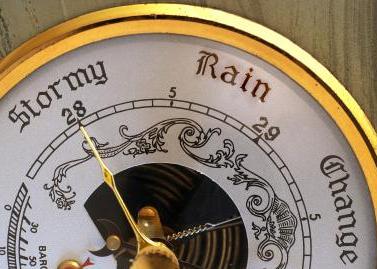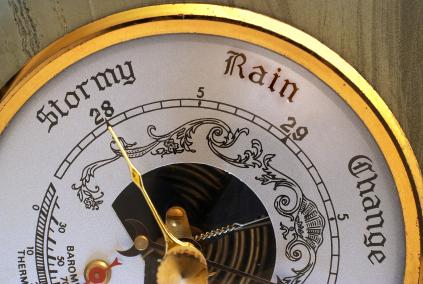 The Colorado State University Hurricane Forecast Team issued a slight increase in its overall seasonal forecast for 2012, anticipating more storms than previously thought.
The Colorado State University Hurricane Forecast Team issued a slight increase in its overall seasonal forecast for 2012, anticipating more storms than previously thought.
The team still predicts a below-average remainder of the season due to the likely development of an El Nino.
The team of Phil Klotzbach and William Gray now predict a total of 14 named storms with six becoming hurricanes and two becoming major hurricanes with sustained winds of 111 mph or greater. In June, the team had predicted 13 named storms with five of the 13 expected to become hurricanes and two of those expected to become major hurricanes.
The 14 named storms and six hurricanes in the latest forecast includes the four named storms and one hurricane that formed in May and June.
“We have increased our seasonal forecast from early April and early June, due to a combination of uncertainty in El Nino as well as slightly more favorable tropical Atlantic conditions,” Klotzbach said in a statement. “Still, the probability of U.S. major hurricane landfall and Caribbean major hurricane activity for the remainder of the 2012 season is estimated to be slightly below its long-period average.”
CSU is in its 29th year of issuing Atlantic basin seasonal hurricane forecasts. For the remainder of the season, Klotzbach also recalculated probabilities for a major hurricane making landfall on the U.S. coast after July 31:
• A 48 percent chance that a major hurricane will make landfall on the U.S. coastline (full-season average for the last century is 52 percent)
• A 28 percent chance for the East Coast, including the Florida Peninsula (full-season average for the last century is 31 percent).
• A 28 percent chance for the Gulf Coast from the Florida Panhandle west to Brownsville (full-season average for the last century is 30 percent).
• The probability for at least one major hurricane making landfall in the Caribbean is 39 percent (full-season average for the last century is 42 percent).
The team predicts tropical cyclone activity for the remainder of 2012 will be about 90 percent of the average season. By comparison, 2011 witnessed tropical cyclone activity that was about 145 percent of the average season.
The hurricane team’s forecasts are based on the premise that global oceanic and atmospheric conditions – such as El Nino, sea surface temperatures and sea level pressures – that preceded active or inactive hurricane seasons in the past provide meaningful information about similar trends in future seasons.
For an in-depth look at preparing for a hurricane, see our story “Fiscal planning key to hurricane season survival.”












